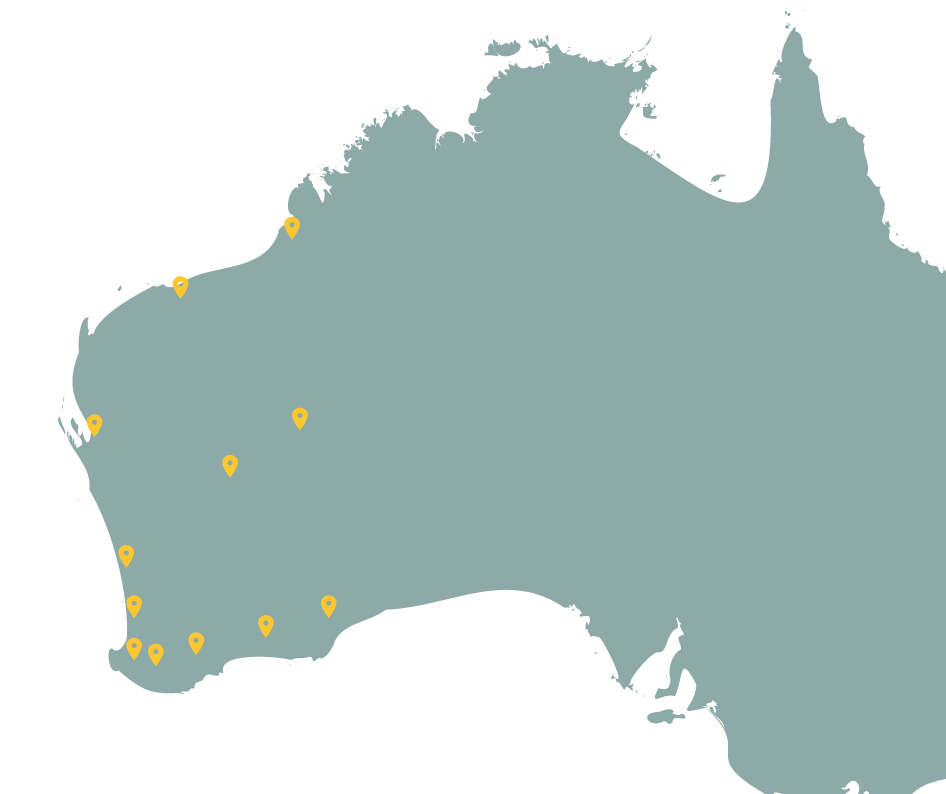Interpreting the data
When using Dandjoo, it’s important to first consider the context in which data was collected and assess whether it is suitable for your analysis. Take a moment to review the tips below when making this assessment.
Interpretation tips
Presence, absence, and completeness:
Dandjoo currently displays presence data but not absence data.
Records on Dandjoo indicate where field scientists have both looked for, and found, a species - search results are closely related to survey effort in an area.
This means that Dandjoo does not provide a comprehensive overview of all species found within an area. Surveys conducted in the area may have only focused on particular taxa, or an area may not have been surveyed by any of our data providers. In short, if a species does not show on the map, it doesn’t mean the species does not occur there.
However, BIO is exploring ways to ingest and visualise absence data and survey effort data in future releases of the platform.
Abundance:
Dandjoo does provide a count of individuals observed as a standard field, where this information has been submitted by the data provider. If, say, four organisms of the same species were counted when an observation was made, the observation will appear in Dandjoo as a single record with a count of four in this field.
However, Dandjoo is not an ideal tool for assessing abundance, as provision of counts is optional, and counts are not collected at all by some data providers. Additionally, as discussed above, organisms may be present in an area but may not have been recorded or counted.
Conducting a targeted survey will generally be the most appropriate way to rigorously assess abundance.
Data quality and provenance:
BIO does pre-screen data submitters and undertake curation work to enhance data quality. However, the underlying quality of a dataset relies on the work done when the data was collected. If you’re unsure about whether particular data in Dandjoo is fit-for-purpose for your analysis, please do contact BIO for further information.
Chapter from guidelines, services and standards
Join the BIO newsletter and get updated first
Sign up for access to the latest developments at the Biodiversity Information Office, upcoming Dandjoo features, and our newest datasets.

